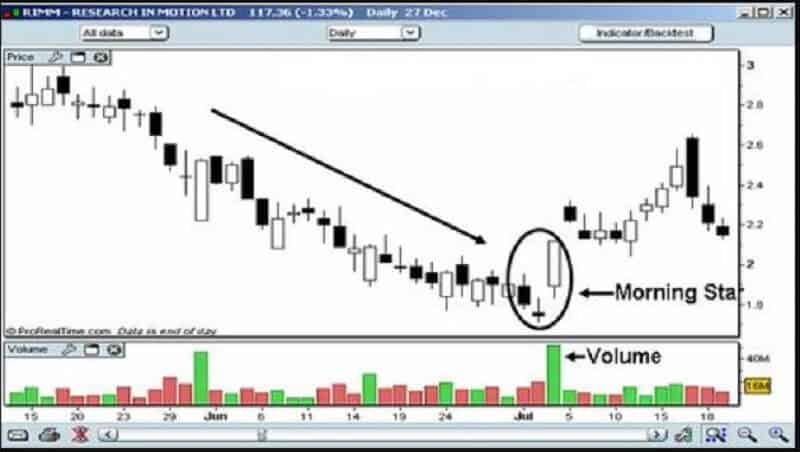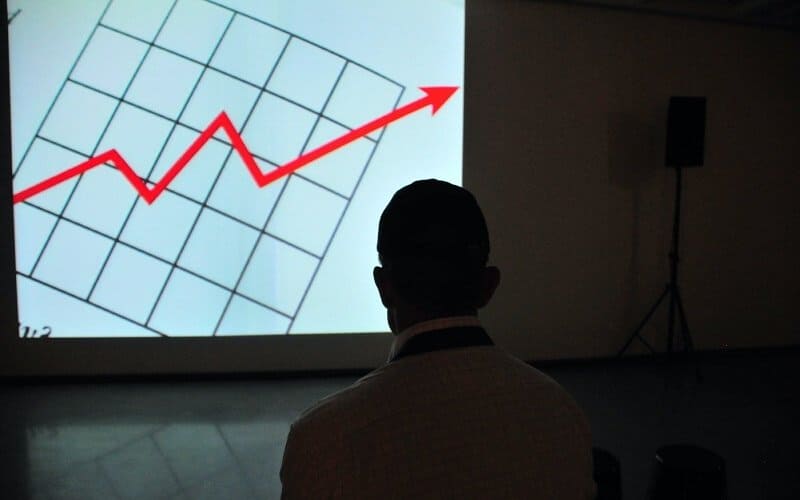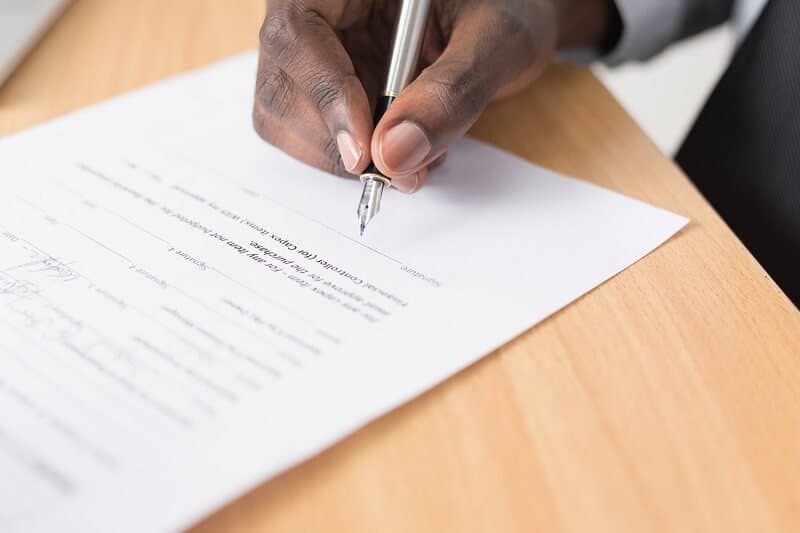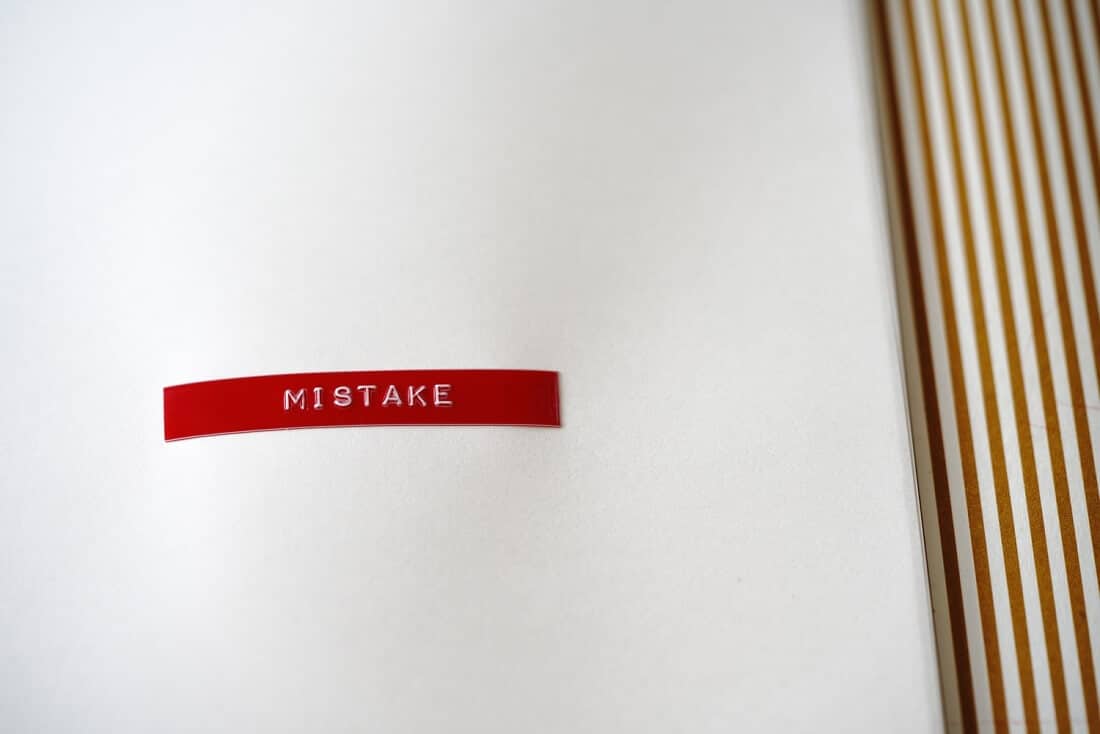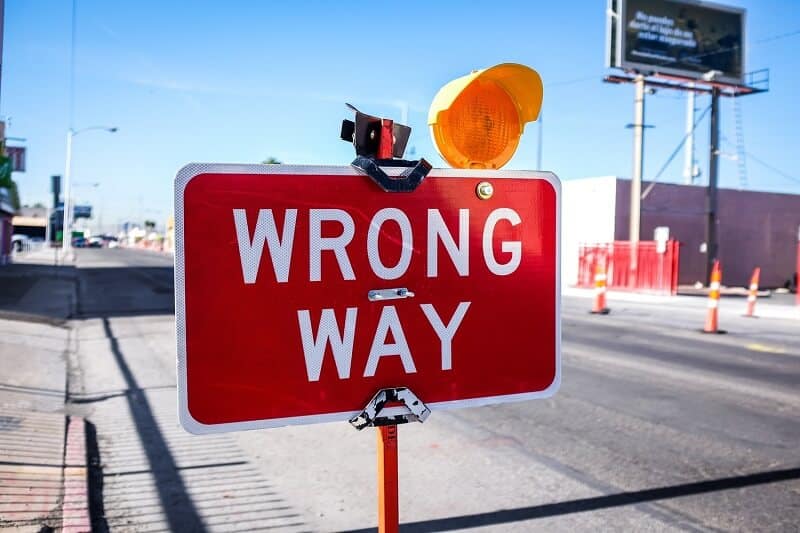
Trading stocks has more options, while forex trading will never confuse you with the number of options
By Guy Avtalyon
Trading stocks have become easy. Some would say that we never had a better time for trade stocks. But how is it possible that almost everyone who wants to start trading, first enters the Forex market?
Yes, I know it is the most traded market. But I think it is interesting due to aggressive propaganda also. We’re in a permanent barrage by forex ads. People, I don’t have anything against forex trading, it’s my favorite too but can we stop for a while and consider the other opportunities?
The main question is should we actually trade forex instead of trading stocks? This dilemma comes naturally after I saw how much my readers are interested in forex. Much more than in trading stocks. It’s unnecessary to say how surprised I was. People just jump into the forex market without actually knowing what it is.
And I was trying to find why that is. I’ll share with you what I find:
Firstly, you don’t need a lot of money to enter the forex market. You can trade even if you have just a little money as, for example, $10.
If you want to trade stock, you’ll need a bit more. Actually, you’ll need much more.
Is trading stocks is better than forex?
Before I answer this question, let me point out some similarities and differences between these two.
Similarities between trading stocks and trading forex
There are some basic similarities. For example, brokers. It’s never been easier to create an online brokerage account. You’ll need just a few steps, several minutes, and voila! You have the trading account. The next step is to fund it, of course.
There is one thing you must keep in mind before choosing a brokerage if you want to trade both stocks and forex. Not all brokerages will allow you access to both markets. Some brokerages don’t service forex trading. Keep that in mind when choosing your broker.
No matter if someone is a stock or forex trader, such heavily rely on short-term strategies. For example, a stock trader will almost never hold stock for several years or so. Trading stocks means to have short-term goals. Otherwise, it’s investing. The similarity comes to trading forex. Trading forex means to hold currency until its changes show you can profit from your base currency. So, you’ll trade it in such a case.
Technical analysis is almost the same
Also, in technical analysis, you’ll use patterns and indicators in both markets traded. If you use technical analysis for your trading strategy (it’s smart to use it, believe me) you will not have a lot of time to analyze news, or to research the company’s outlook. Instead, you’ll look at charts trying to notice indicators that will tell you if your stock is going to rise or drop.
You’ll need to know if the price change will happen soon. The same is when trading currencies. Technical analysis is important for both types of trading since you need to know should you buy or sell.
Differences between trading stocks and trading forex
Let’s take a look at some of them.
For example, leverage. While leverage is somewhat rare in trading stocks it is broadly used in forex trading. Actually, it is crucial for forex trading. Let’s say you have $10 on your account but your broker can offer you the 100:1 leverage. Instead of having the struggle to trade with such a small amount you can suddenly place a trade with $1.000. That’s the power of leverage.
But I have to warn you. Leverage is risky. On the other hand, it can provide you to profit a lot and without really having thousands of dollars to enter the trade.
So where is the risk?
If you miss making a smart trade, leverage can destroy your deposit, your funds, everything you have.
In trading stocks, the best you can have regarding the leverage is 2:1. Don’t be disappointed. Stocks’ prices are changing dramatically. To be honest, you’ll need to put less money to gain more profit in trading stocks.
Trading Hours are not the same
The forex is around-the-clock. How is this possible? Well, the forex market isn’t focused on a single time zone. Each of them has set their own working hours but when one is closed, the other starts to work.
For example, New York starts at 8 AM and closes at 5 PM EST. Oh, it’s time for Sidney to open! Sidney starts at 5 PM EST and closes at 2 AM. Pretty nice, isn’t it?
Stocks markets operate slightly differently. For example, the largest exchange is NYSE, and it starts at 9:30 AM EST to 4 PM Monday through Friday and doesn’t work during the weekend.
Also, the market size is different. The stock market is smaller than the forex market. Every single day, the forex market has above $5 trillion worth trade, while the stock market can count on around $170 million per day trades.
Advantages of trading stocks
It’s easier to get started because almost all brokerages provide this opportunity. So, you have more choices. Also, there is plenty of stocks to trade, more than 2.000 stocks you can trade only on the NYSE, plus over 3.000 on the NASDAQ, not to mention the other exchanges all over the world. The point is that you have more options in trading stocks.
Also, stocks have higher volatility. Higher than currencies. That gives you a chance to earn more.
On the other hand, currency can rise or drop in the fractions.
Advantages of trading forex
First of all, you’ll never be confused with the number of trading options. The number of currency pairs is limited. Further, there is no minimum amount needed to start. You can enter the trade with $10. And, at last but not least, the forex market has more liquidity.
So, you can see that for trading stocks or forex trading you’ll need a strong TA background. Both rely on short-term price changes. Thus, maybe the most important in trading is to get some free up-to-the-minute charting software. It is an absolute MUST.








